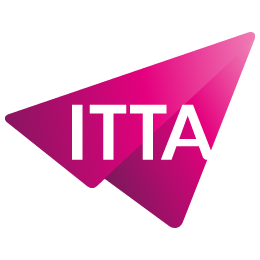Home > Trainings > Office Automation > Office Automation Certifications > ICDL STANDARD – Using databases – SM1
Using the Application
Module 1: Working with Presentations
Module 2: Enhancing Productivity
Developing a Presentation
Module 1: Presentation Views
Module 2: Slides
Module 3: Master Slide
Text
Module 1: Handling Text
Module 2: Formatting
Module 3: Tables
Charts
Module 1: Using Charts
Module 2: Organisation Charts
Graphical Objects
Module 1: Insert, Manipulate
Module 2: Drawing
Prepare Outputs
Module 1: Preparation
Module 2: Check and Deliver

Nous utilisons des cookies afin de vous garantir une expérience de navigation fluide, agréable et entièrement sécurisée sur notre site. Ces cookies nous permettent d’analyser et d’améliorer nos services en continu, afin de mieux répondre à vos attentes.
Monday to Friday
8:30 AM to 6:00 PM
Tel. 058 307 73 00
ITTA
Route des jeunes 35
1227 Carouge, Suisse
Monday to Friday, from 8:30 am to 06:00 pm.